The jazz ice was broken. America’s musical poor sister was finally recognized.
It was up to the successor president, Lyndon B. Johnson, to act on the jazz precedent set by JFK. And did he ever!
As if to make up for the long oversight, the Johnson administration hosted 16 jazz events during its 62-month run. Jazz had finally received its just due by a president and first lady whose musical tastes would not be described as refined but who believed it their duty to showcase the widest possible range of artistic expression at the nation’s showroom.
LBJ invited such notable jazz luminaries as Duke Ellington, Stan Getz, Sarah Vaughan, Charlie Byrd, and Dave Brubeck. See more details below:
On an erected stage on the South Lawn, Duke presented sections of what would become his Far East Suite, followed by selections from his tone statement on the African American plight in America — Black, Brown and Beige (1943), featuring the lovely hymn “Come Sunday.”
He closed out the concert with an Ellington 12-hit-song medley that included “Solitude,” “Sophisticated Lady,” “I’m Beginning to See the Light,” and “Caravan.”
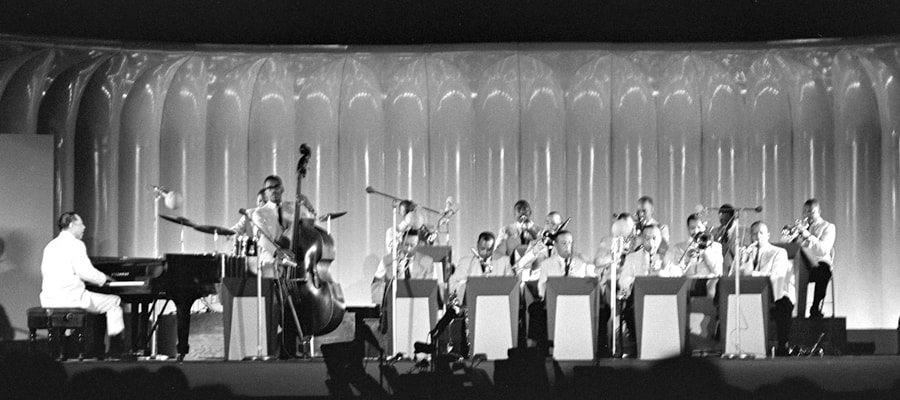
Opening Remarks by Dancer Gene Kelly
Historians tell us jazz began in New Orleans, and some historians tell us it began at a certain spot called Congo Square, a dusty lot down there. That may be so, I really don’t know, but I know it’s a long road from Congo Square to Carnegie Hall, and a longer musical way still.
But jazz made it, riding on the well-tailored coattails of Duke Ellington some twenty-two years ago. He and the great artists of his ensemble took Lady Jazz out of her off-the-racks cotton dress and put her in a long velvet gown.
Ladies and Gentlemen, if there had never been a Duke Ellington, jazz would have had to invent him. So it’s with pride I present the Duke.
The Duke Ellington Orchestra
“Take the ‘A’ Train”
[Applause follows.]
Duke Ellington Introduction
Thank you very much, Ladies and Gentlemen. That’s a warm welcome. Our first selection we would like to do is a result of our visit to the Far East a year and a half ago; we went to the Far East for the State Department on a cultural exchange program. And, of course, it was a tremendous inspiration to us all on being exposed to the beauty and enchantment of the Orient.
And so as a result, we wrote a suite of numbers. We would like to play some of them now. We would like to say this is being done also in gratitude for the great people of the State Department Foreign Service office, who guided us so magnificently through the tour. It is called “Impressions of the Far East”:
The Duke Ellington Orchestra
“Amad” feature for Lawrence Brown (tb)
“Agra” ballad feature for Harry Carney (bs)
“Bluebird of Delhi” feature for Jimmy Hamilton (cl)
[Applause follows.]
Duke Ellington Introduction
Thank you. And now we would like to go from “Impressions of the Far East” to “Black, Brown and Beige,” which of course was done originally in 1943, and hasn’t really been done until this year in our concert appearances. This is our tone parallel to the history of the Negro in America.
Tonight, we should like to do a suggestion of the work song theme and the spiritual theme, and a development of the two into a sort of montage. “Black, Brown and Beige”:
The Duke Ellington Orchestra
Work theme
Spiritual “Come Sunday” theme feature for Ray Nance (v) and Johnny Hodges (as)
Work and spiritual theme montage for trumpet, Harry Carney (bs), and Lawrence Brown (tb)
Lady Bird Johnson Wrap-Up
May I thank all the artists who have made this a rich, full, varied day for us all. It’s been wonderful. And now I’d like to have you all go to the tents for a bit of refreshment. I expect some of you need a hot cup of coffee. Perhaps you’d like to view the art in the garden and the east corridor. Thank you all.
[Applause follows.]
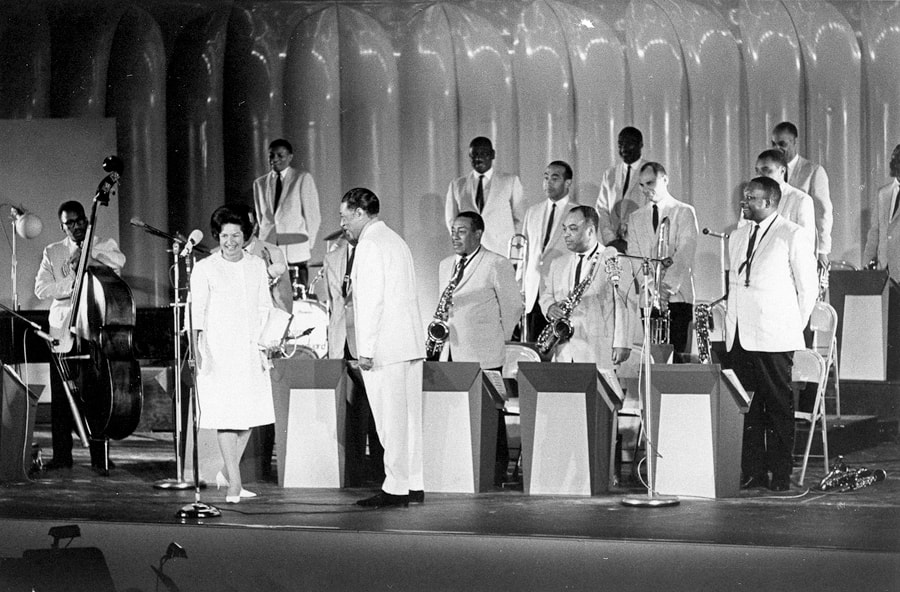
I hate to impose on you like this, Ladies and Gentlemen, but we have a request for several of the things we have written and we’d like to play some of them for you that have become popular here.
The Duke Ellington Orchestra
“Solitude”
“I’ve Got It Bad” feature for Johnny Hodges (as)
“Don’t Get Around Much Anymore” feature for Duke (p)
“In the Mood”
“I’m Beginning to See the Light” (uptempo)
“Sophisticated Lady” feature for Harry Carney (bs)
“Caravan” (uptempo)
“The Opener” (uptempo feature for Paul Gonsalves [ts], Buster Cooper [tb], and Cat Anderson [tp])
“Things Ain’t What They Used to Be”
Total time: 44:44 minutes.
- This and subsequent text is excerpted from Edward Allan Faine, Ellington at the White House, 1969 (Takoma Park, MD: IM Press, 2013), 24, 25, 32, and 211–214.
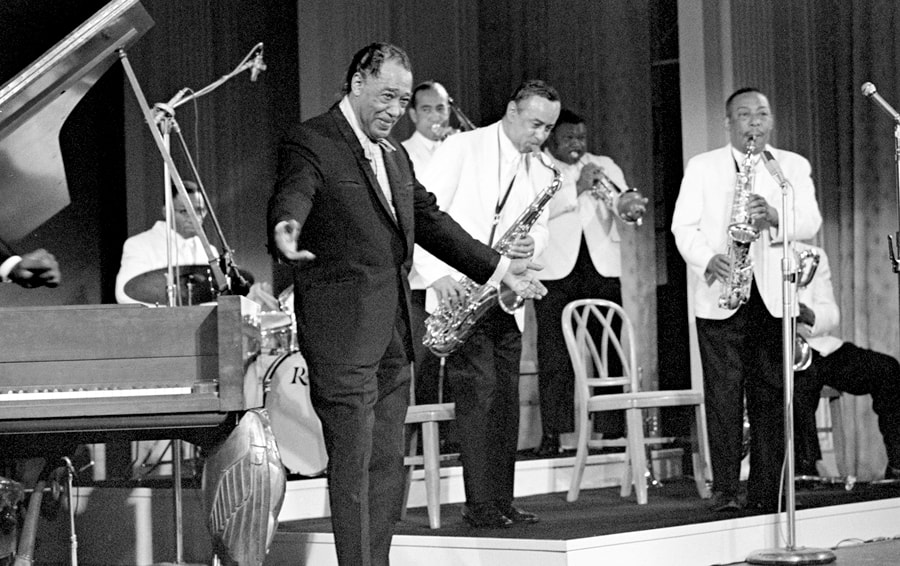
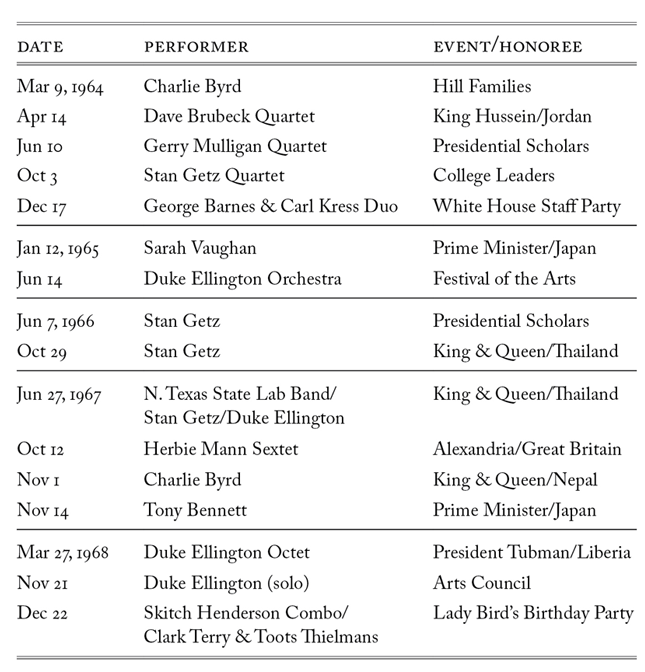
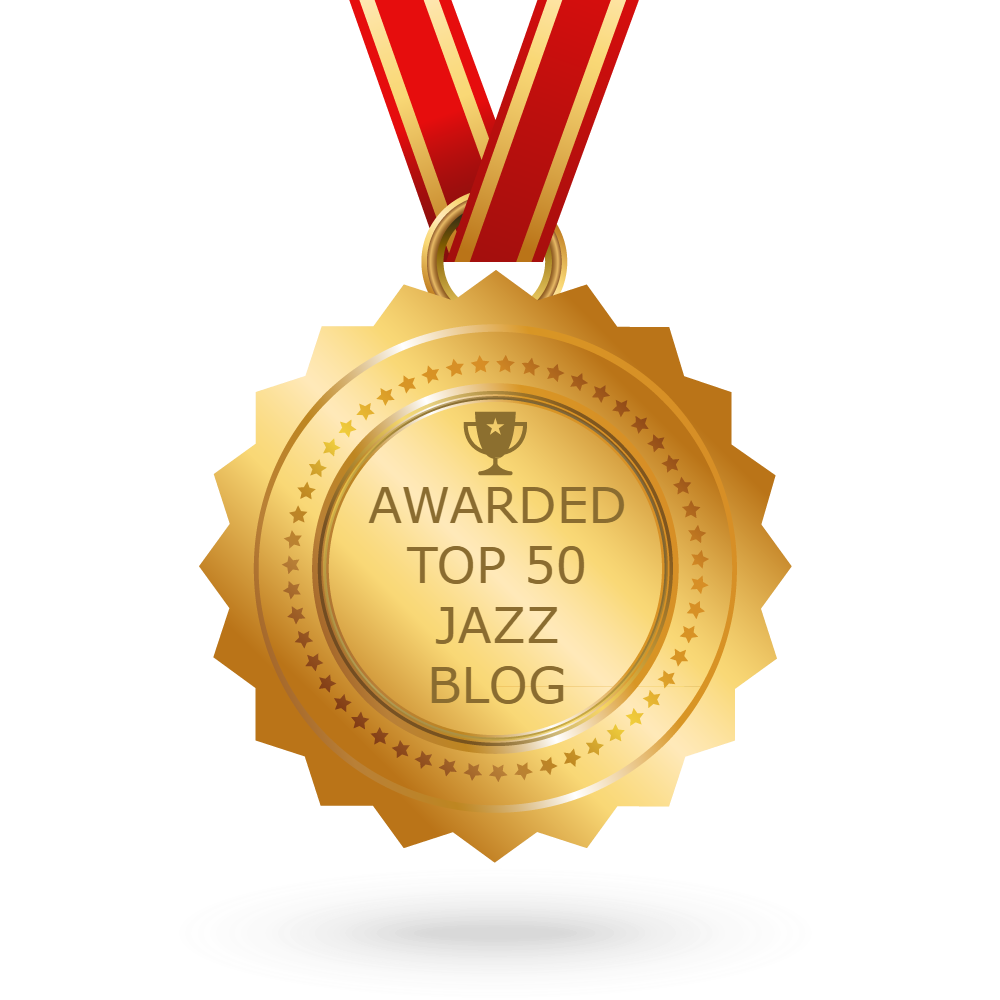
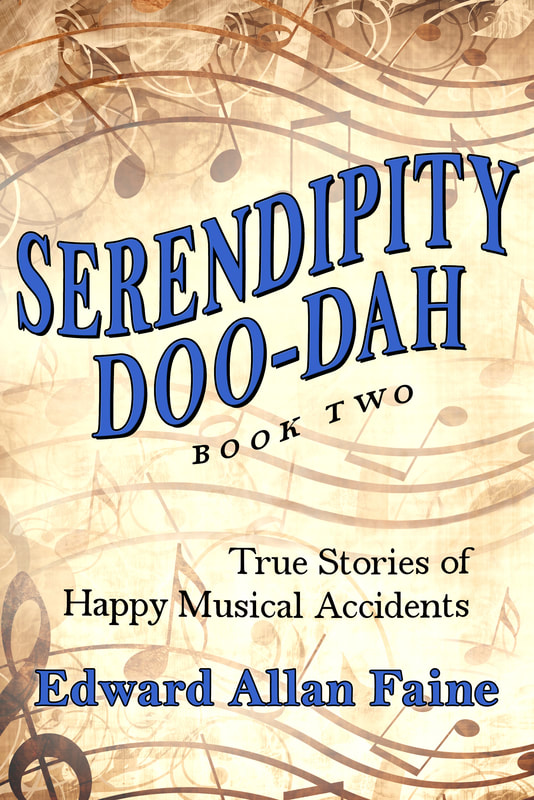
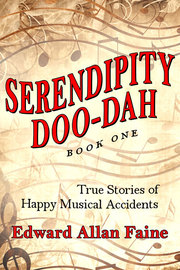
 RSS Feed
RSS Feed